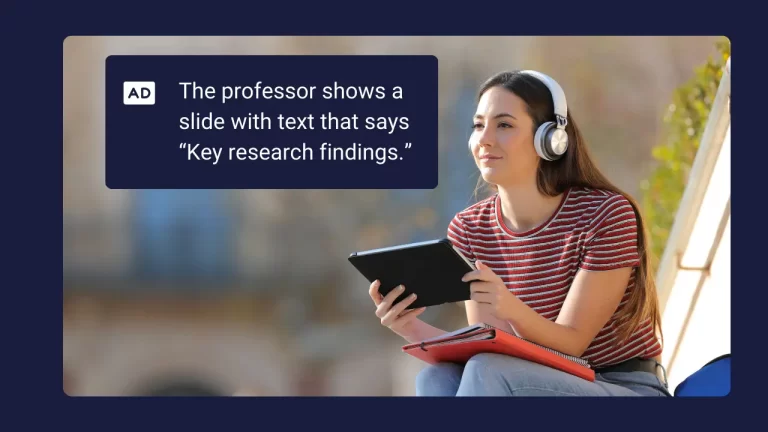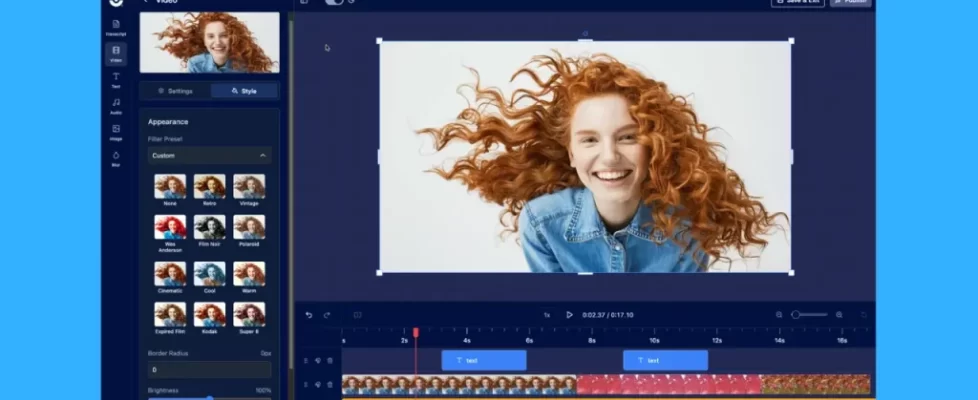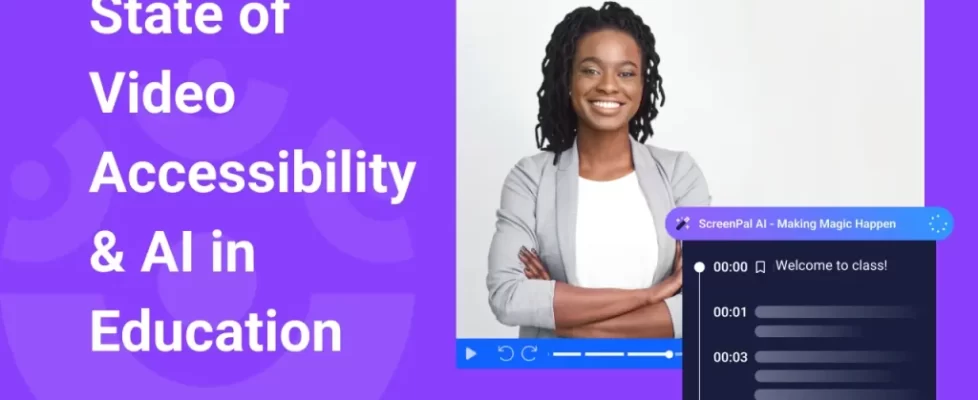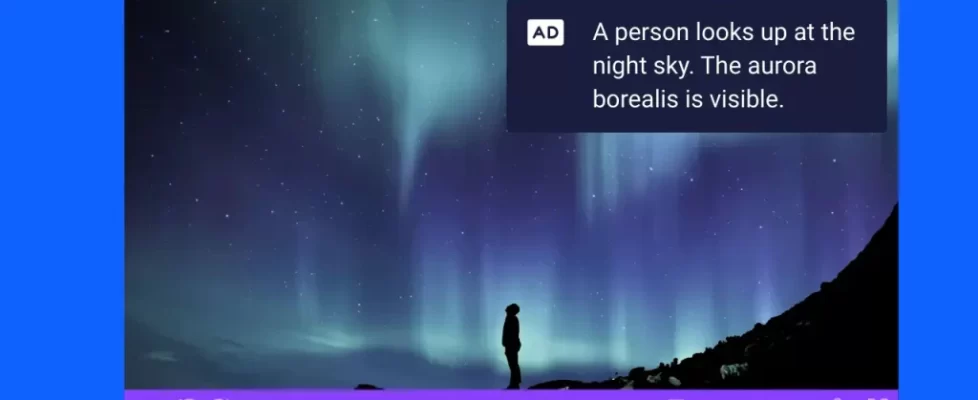Meet new and upcoming video accessibility requirements—easily and affordably.
With new ADA digital accessibility rules taking effect in 2026, public institutions in the United States are under pressure to make all web and video content accessible. These new rules include audio descriptions for pre-recorded videos—a requirement that many campuses and districts still aren’t equipped to meet.
That changes today.
We’re excited to launch ScreenPal’s new AI-powered audio description tool, designed specifically for educators and institutions that need to scale accessibility across their video lessons and libraries.
Whether you’re an educator creating videos or a technology director supporting compliance across departments, you now have a powerful, easy-to-use tool at your fingertips.
What’s changing—and why it matters
In April 2024, the U.S. Department of Justice finalized new Title II ADA regulations requiring public institutions—including colleges, universities, and K-12 school districts—to meet WCAG 2.1 Level AA standards for digital content.
For larger institutions, this means meeting a clear deadline of April 24, 2026, to ensure their video lessons and libraries meet these higher standards. Smaller institutions have until April 2027 to bring their content into full compliance.
These new accessibility requirements for pre-recorded video include both captions and audio descriptions.
Audio descriptions (ADs) are spoken narrations that describe what’s happening visually in a video—things like charts, text on screen, gestures, or images. They are essential for blind and low-vision learners. And now, they’re a legal requirement for many types of instructional video.
The problem? Most educators and instructional teams lack the time and tools to add ADs manually. Outsourcing to vendors is also expensive, slow, and difficult to scale.
Bring your institution’s video library into compliance—automatically
We built our new AI audio description generator to solve precisely that problem and make video accessibility compliance seamless in ScreenPal.
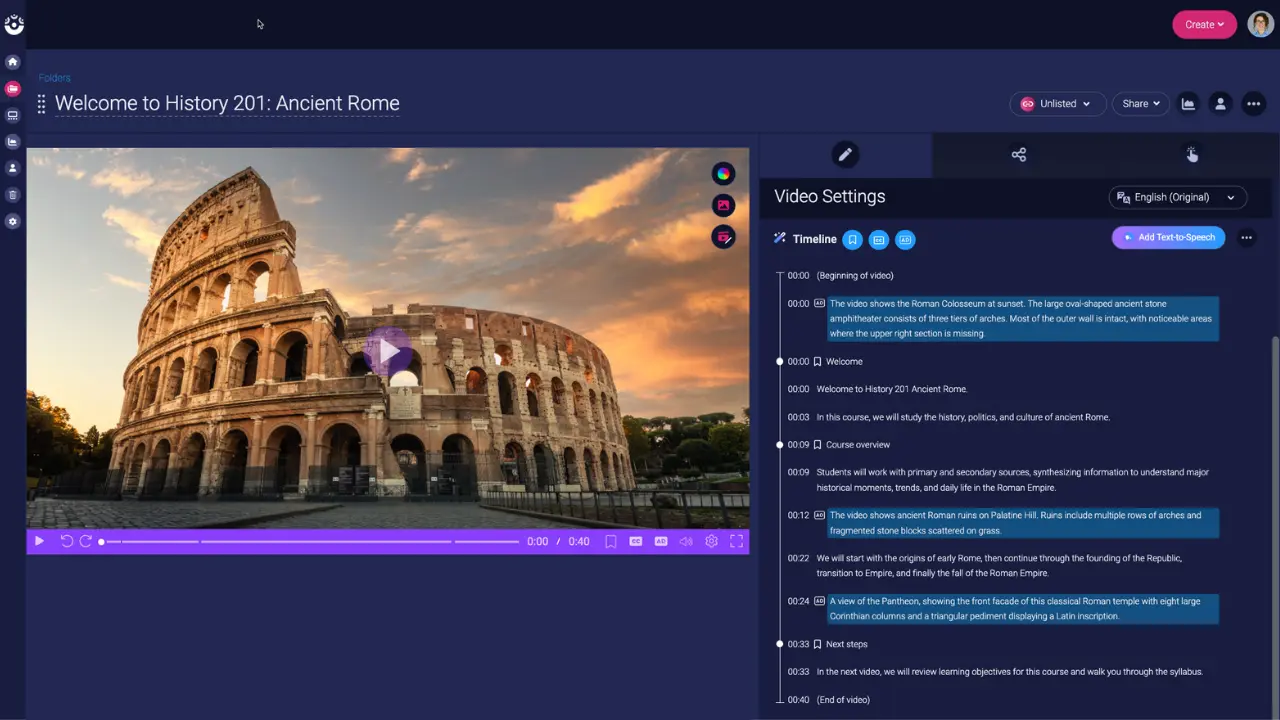
Now you and your team members can:
- Automatically generate audio descriptions using built-in AI
- Edit descriptions directly in the timeline to ensure accuracy
- Add ADs to both new videos and your existing library
- Offer an accessible video player with a built-in AD toggle
- Comply with WCAG 2.1 AA standards—without additional tools
Our goal was to create an audio description solution that works the way educators already work. That means:
- Intuitive workflows for educators and instructional designers
- AI tools that speed things up—but keep people in control
- Easy editing for accuracy and compliance reviews
- A single accessible video platform for recording, editing, captioning, describing, and sharing video
This is accessibility that fits into your course design process—not something bolted on after the fact.
See how audio descriptions work in ScreenPal:
Ready to get started?
Many institutions are still evaluating how they’ll meet the 2026 compliance deadline. But accessibility is not just a policy issue—it’s a teaching and learning issue.
With ScreenPal, you don’t have to wait:
- Ensure all new videos meet WCAG 2.1 AA standards now
- Start updating your existing content ahead of deadline pressure
- Support inclusive learning experiences for every student
We’re here to support your team—whether you’re centralizing accessibility strategy or empowering faculty to build inclusive courses on their own.
AI-generated audio descriptions are available for ScreenPal Team plans.
If you’re an existing Team customer looking to add audio descriptions to your entire existing video library automatically, we’re here to help! Connect with our customer success team to explore options.
If you’re evaluating tools or supporting a campus rollout: Let us show you how ScreenPal can help your institution meet video accessibility requirements efficiently and affordably, leaving you with budget to spare. Book a demo or get a quote for your campus.
Accessibility shouldn’t be an afterthought.
With ScreenPal, it doesn’t have to be.
